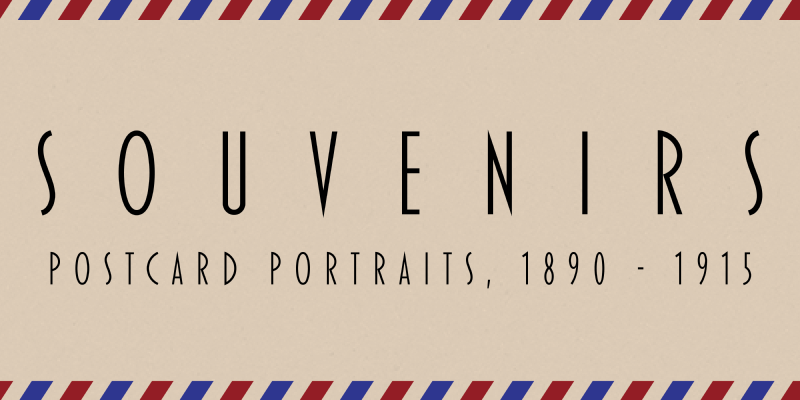
In the United States, postcards were not permitted to be sent through the mail until 1872, and only government-produced postcards could be used. In 1898, Congressional legislation allowed privately-printed cards to be mailed. With the innovation of this new, quick, and attractive method of communication, a souvenir postcard industry soon flourished.
During this “golden age,” photographers in popular tourism locations created images of sites, artworks, landscapes, street scenes, and residents. Although cards could be unique, most were mass produced. The highest quality postcards—often with color added to the original images—were primarily manufactured in Germany. These were then distributed and sold both in the locations they represented and elsewhere. Collecting them—mailed, or unmailed—became a popular hobby.
World War I disrupted postcard printing and distribution systems. Even with diminished quality, however, their popularity continued. Later styles of cards included white-border, linen-look, real photo, large letter, and others.
While innumerable individual examples lurk within correspondence in its manuscript collections, Burns Library also holds several collected sets of postcards. The cards reproduced for this exhibit are from the Boston College Collection of Photographic Postcards (MS1986-089), which primarily depict Africa and Europe, and were produced from the 1890s-1920s. This selection focuses on portraits of individuals.
